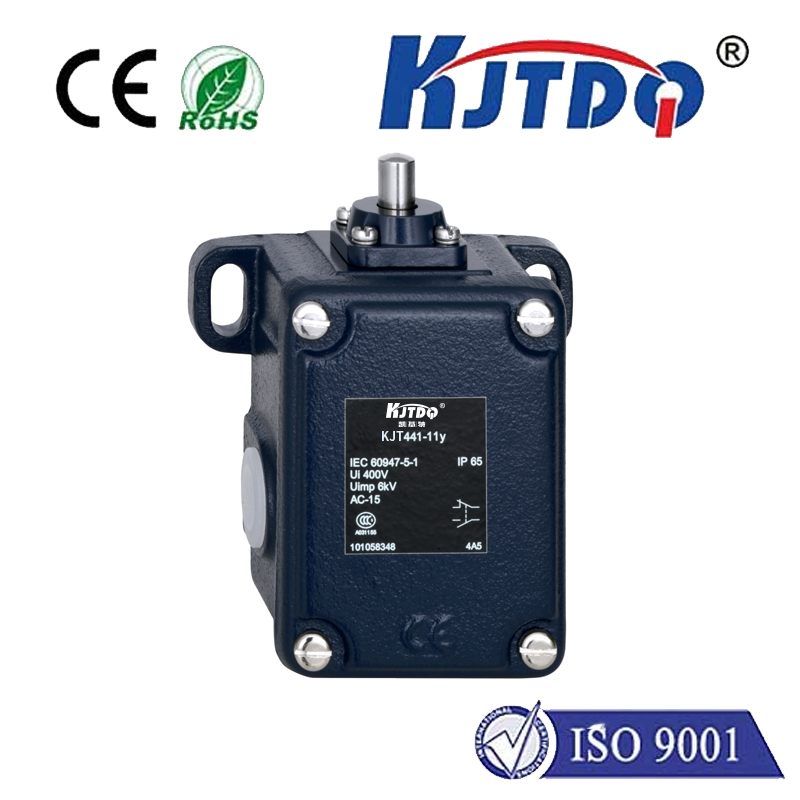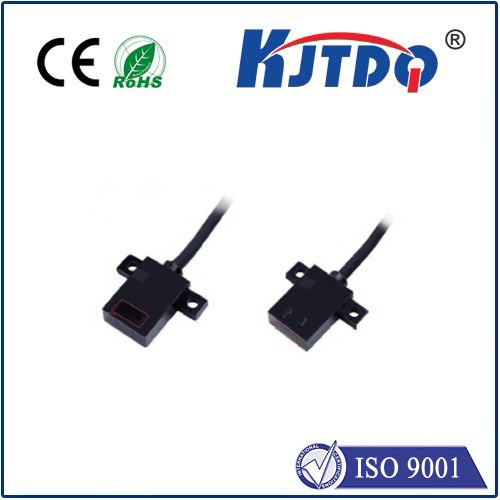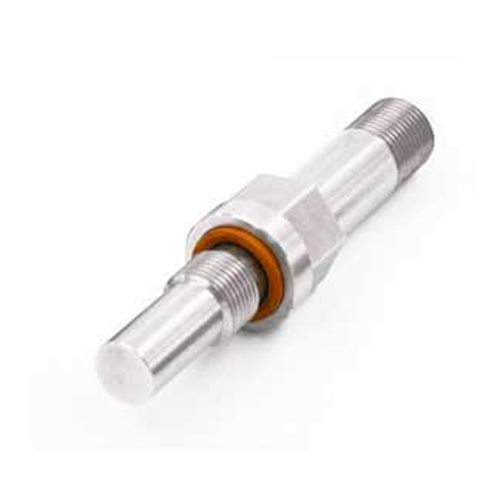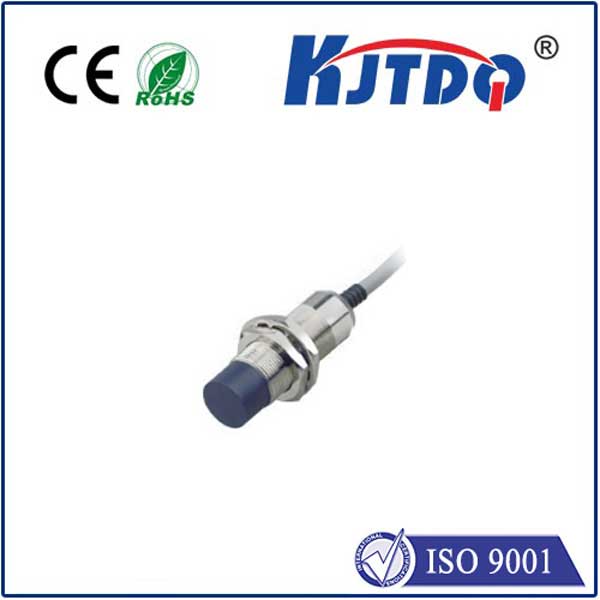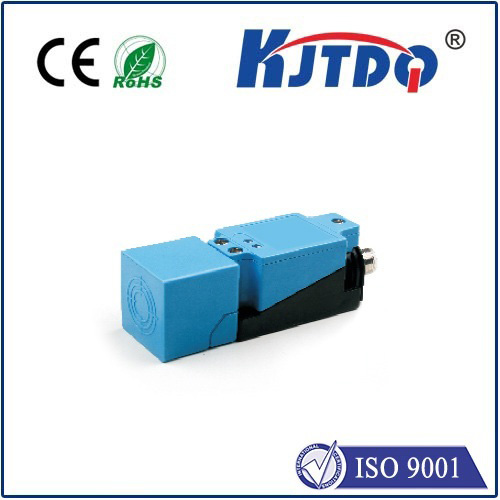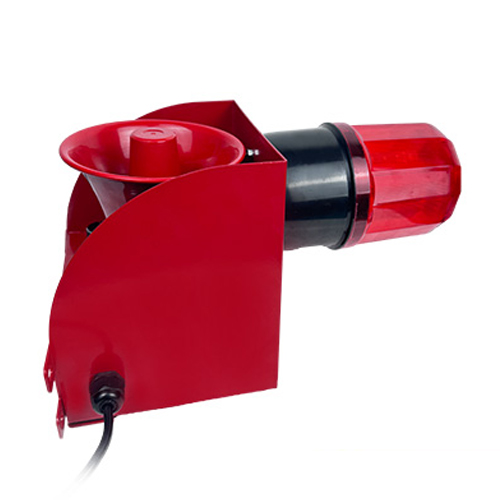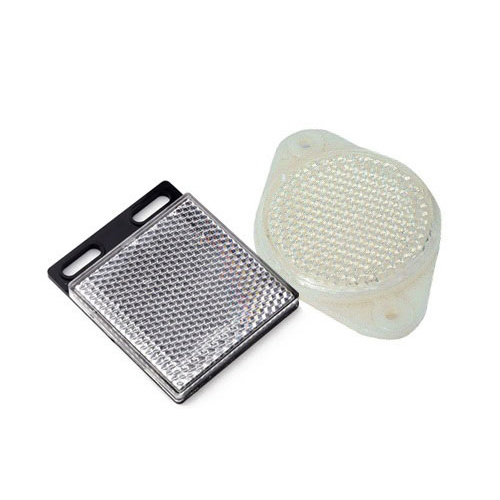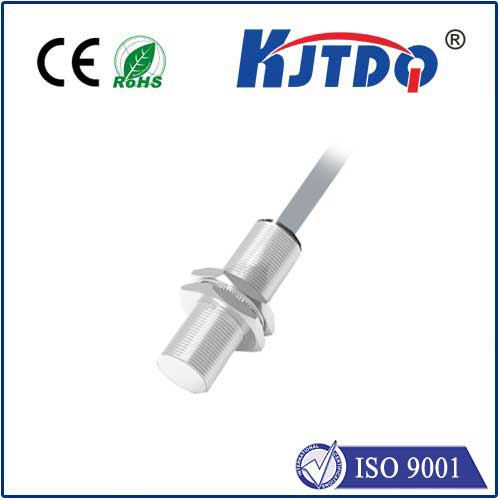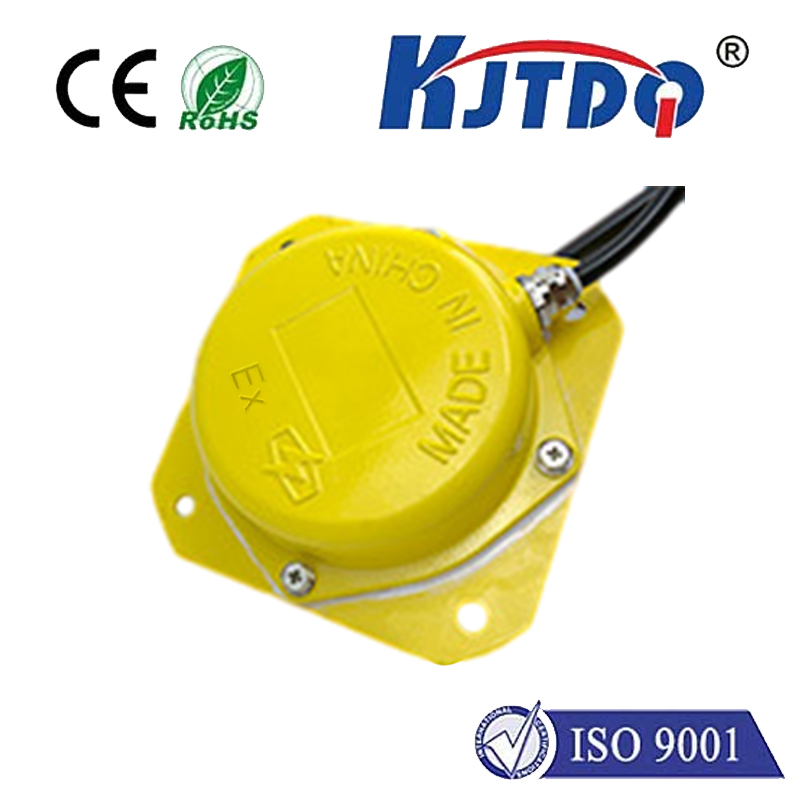fiber optic force sensor
- time:2025-08-16 01:37:27
- Click:0
Fiber Optic Force Sensors: Revolutionizing Precision Measurement Across Industries
Imagine needing to measure incredibly small forces inside an MRI machine, where traditional electronic sensors fail due to intense magnetic fields. Or precisely monitoring subtle stresses within a composite aircraft wing during flight. These demanding scenarios highlight the limitations of conventional force sensing technologies and underscore the breakthrough potential of fiber optic force sensors. Leveraging the unique properties of light traveling through hair-thin glass fibers, these sensors are transforming precision measurement in environments where electronics simply cannot operate reliably or with the required sensitivity.
Understanding the Core Principle: Light as the Messenger
At its heart, a fiber optic force sensor operates by detecting changes in the properties of light propagating through an optical fiber when that fiber is subjected to force. The applied force causes physical deformations (strain) in the fiber, which in turn alters key characteristics of the transmitted light signal. The three primary modulation methods are:
- Intensity Modulation: Force causes changes in the alignment of fibers (microbending) or coupling efficiency, directly altering the intensity of the light received. While simpler, it can be susceptible to external light sources or source power fluctuations.
- Phase Modulation (Interferometry): Highly sensitive measurements detect minute changes in the phase of light waves traveling through different paths (arms) of an interferometer setup within the fiber. Force-induced strain alters the optical path length in one arm, creating interference patterns that reveal the force magnitude. Interferometric sensors offer exceptional resolution.
- Wavelength Modulation (Fiber Bragg Gratings - FBGs): This is arguably the most prominent technology for fiber force sensors. FBGs are periodic variations in the refractive index inscribed directly into the fiber core. They act like a wavelength-specific mirror, reflecting a very narrow band of light (the Bragg wavelength) while transmitting others. When force is applied, straining the FBG changes its periodicity, causing a precise shift in the reflected wavelength. Measuring this shift provides a highly accurate, absolute measure of the strain and thus the applied force. FBG sensors are particularly robust and enable multiplexing – many sensors on a single fiber line.
Why Choose Fiber Optics? The Compelling Advantages

The shift towards optical force sensing is driven by a suite of inherent advantages:
- Electromagnetic Immunity (EMI Immunity): This is arguably the most significant advantage. Optical fibers are made of dielectric glass, making them completely immune to electromagnetic interference (EMI) and radio frequency interference (RFI). This enables reliable operation in electrically noisy environments (like power plants or near motors) and crucially, inside MRI scanners, where traditional sensors fail.
- Intrinsic Safety: Fiber optics generate no sparks and carry only low-power light signals. This makes them intrinsically safe for use in hazardous environments with explosive gases or flammable materials.
- High Sensitivity and Resolution: Technologies like interferometry and FBGs enable the detection of extremely small forces and strains with high precision, often surpassing the capabilities of conventional strain gauges.
- Miniaturization: Optical fibers are inherently small and flexible, allowing for the design of miniaturized force sensors for applications like minimally invasive surgery tools or embedding within composite materials. This capability for distributed force sensing along the fiber length is unique.
- Multiplexing Capability: Multiple sensing points (especially with FBGs) can be integrated along a single optical fiber cable. This drastically simplifies wiring complexity and installation, particularly for large-scale structural monitoring (distributed sensing).
- Corrosion Resistance: Glass fibers are highly resistant to corrosion in harsh chemical environments where metallic sensors might degrade.
- Long-Distance Transmission: Light signals in optical fibers experience minimal loss over kilometers, allowing the sensitive measurement electronics to be located far away from the harsh sensing point.
Diverse Applications: Where Fiber Optic Force Sensing Excels
The unique benefits of fiber optic force sensors unlock solutions across a wide range of industries:
- Medical & Surgical Robotics: Essential for precision force feedback in robotic-assisted surgery, catheter tip force sensing, tissue characterization during procedures, and especially for instruments used within MRI-guided interventions. Miniaturized force sensors are key here.
- Aerospace & Composite Structures: Monitoring strain measurement and load distribution on aircraft wings, fuselages, wind turbine blades, and bridges for structural health monitoring (SHM). Their light weight, EMI immunity, and embedding capability are crucial.
- Industrial Automation & Robotics: Providing delicate force control for robotic assembly lines, quality control (e.g., testing button actuation force), and monitoring forces in harsh industrial environments (foundries, power generation).
- Energy: Monitoring the tension and integrity of power transmission lines and submarine cables. Force detection in downhole tools within oil and gas wells.
- Research & Development: High-precision force measurement in physics experiments, material science (testing material properties), and micro-manipulation where sensitivity and miniaturization are paramount.
- Civil Engineering: Long-term monitoring of forces and stresses in dams, tunnels, buildings, and historical structures using multiplexed distributed sensing networks.
Implementing Fiber Optic Force Sensing: Key Considerations
While powerful, successful implementation requires attention to detail:
- Transduction Design: How is the force efficiently coupled to induce measurable strain in the optical fiber? Designs range from direct encapsulation of bare fiber/FBGs in protective housings to intricate mechanical structures (like cantilevers) that amplify the force effect.
- Interrogation Unit: This specialized electronics unit launches light into the fiber and analyzes the returning signal (intensity, wavelength shift, phase shift). The choice of interrogator must match the sensor type (intensity, FBG, interferometric).
- Calibration: Precise calibration against known forces is essential to establish the relationship between the measured optical signal change (e.g., wavelength shift for an FBG) and the applied force. Environmental factors like temperature often need compensation (achievable with dual FBGs – one for force, one for temperature reference).
- Packaging & Installation: Protecting the delicate fiber while ensuring effective force transfer is critical. The packaging must be tailored to the application’s mechanical and environmental demands. Installation techniques must avoid damaging the fiber or introducing spurious strains.
Looking Ahead: The Future is Bright
The evolution of fiber optic force sensors continues. Research focuses on enhancing sensitivity, developing even smaller form factors (nanophotonics), optimizing multiplexing capacity for vast sensor networks, reducing the cost and size of interrogation units, improving compensation algorithms for temperature and other cross-sensitivities, and exploring novel transduction mechanisms. Integration with AI and IoT platforms for real-time, intelligent monitoring is also accelerating. As these technologies mature, optical force sensing will become increasingly accessible, enabling smarter, safer, and more precise control and monitoring across virtually every engineering and scientific discipline. The unique ability of light guided through glass to measure physical force continues to illuminate new possibilities.












